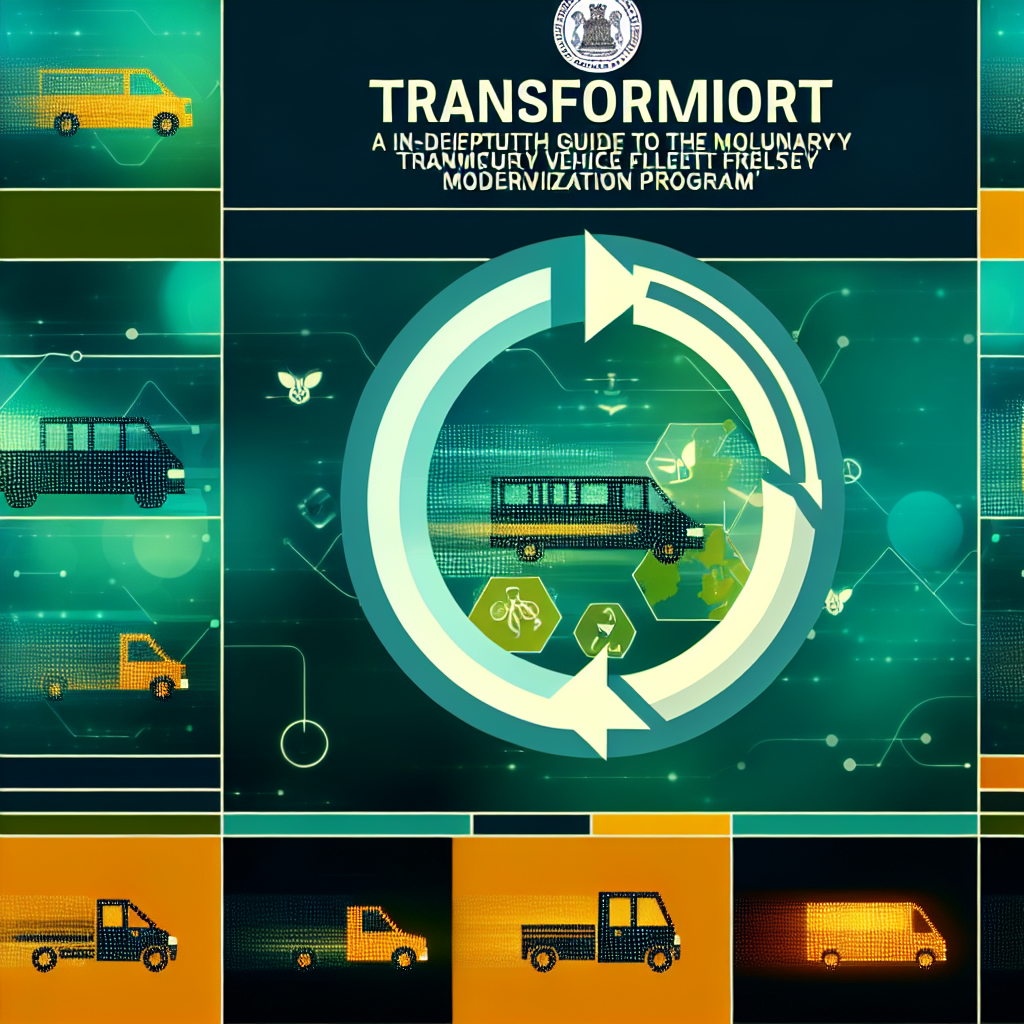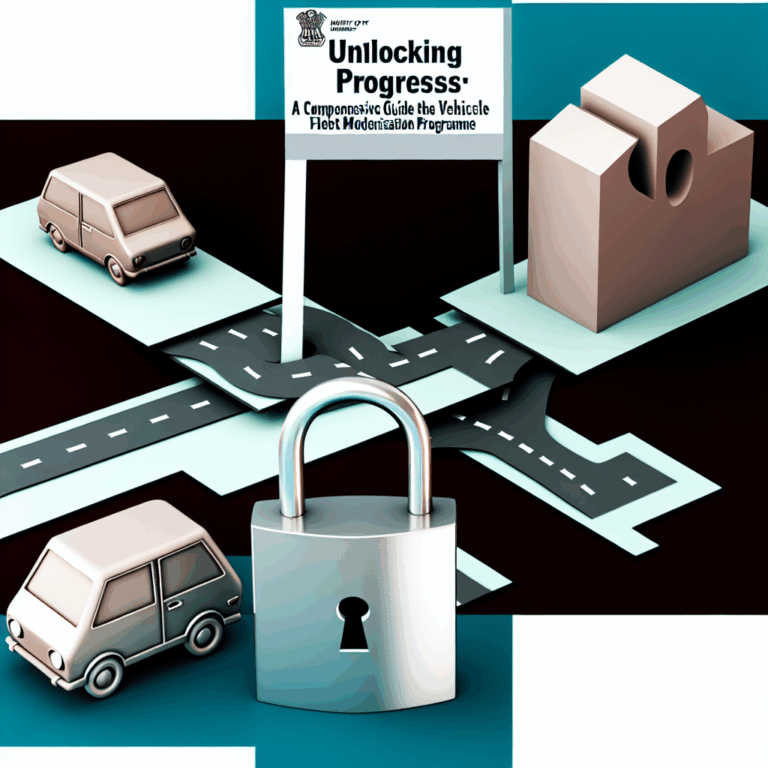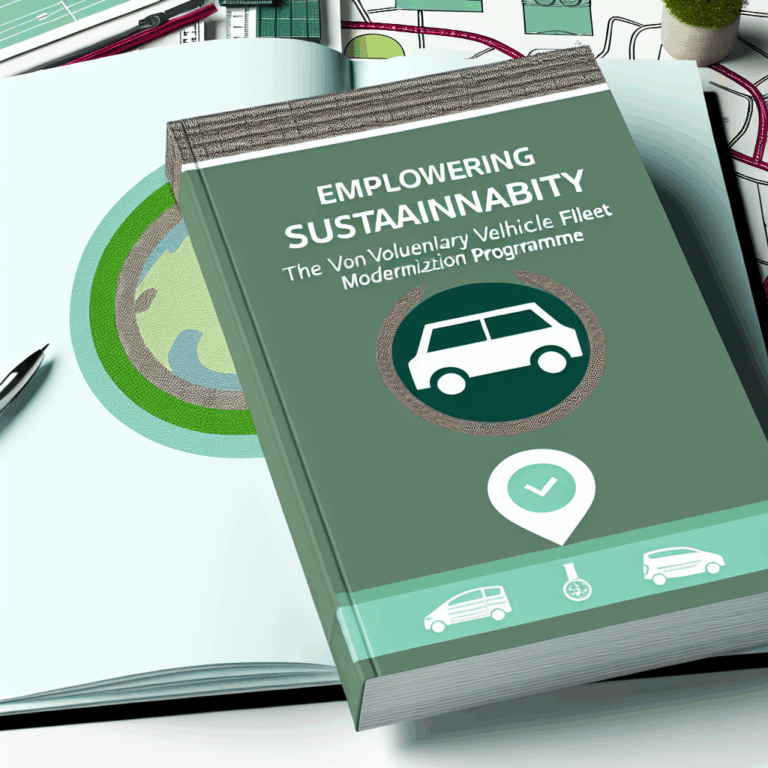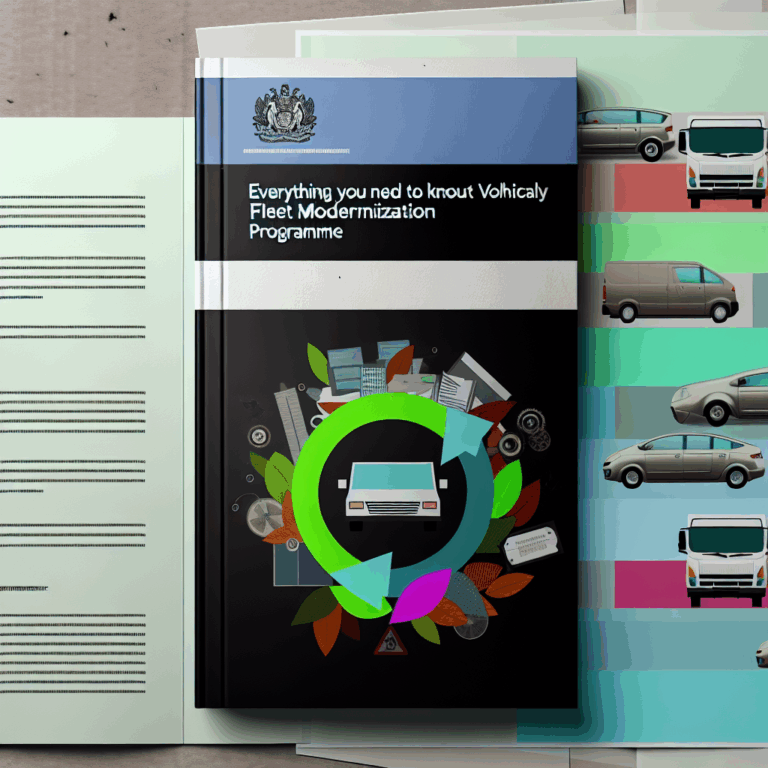Copyright @ 2023 www.digimitr.com. All rights reserved.

Transforming Transport: An In-Depth Guide to the Voluntary Vehicle Fleet Modernization Programme by the Ministry of Road Transport & Highways
Discover the details of the government scheme titled “Transforming Transport: An In-Depth Guide to the Voluntary Vehicle Fleet Modernization Programme by the Ministry of Road Transport & Highways”. This scheme is managed by the relevant ministry and focuses on providing benefits to eligible beneficiaries.
Here is a comprehensive overview:
Introduction
The transportation sector plays a pivotal role in any country’s economic landscape. Recognizing the pressing need to modernize its vehicle fleet for sustainability and efficiency, the Ministry of Road Transport & Highways (MoRTH) in India has launched the Voluntary Vehicle Fleet Modernization Programme (VVMP). This initiative is designed to phase out old, polluting vehicles, promote the adoption of cleaner technologies, and improve overall road safety. By incentivizing vehicle owners to modernize their fleets, the programme aims to contribute to environmental sustainability and the economy’s growth.
Eligibility Criteria
The VVMP is open to a broad range of stakeholders, including individual vehicle owners, fleet operators, and organizations involved in commercial transportation. To qualify for participation, vehicles must generally meet specific age criteria. Typically, personal vehicles older than a certain number of years and commercial vehicles exceeding a specific age threshold are eligible. Additional criteria may include the vehicle’s registration status, the type of vehicle (e.g., two-wheelers, three-wheelers, buses, heavy vehicles), and compliance with pollution control norms. Owners demonstrating financial need or those ready to adopt electric or alternative fuel vehicles may receive priority consideration.
Key Features and Benefits
One of the programme’s pivotal features is offering substantial financial incentives to encourage vehicle owners to exchange old vehicles for new, energy-efficient models. Cash vouchers and rebates on the purchase of new vehicles represent the programme’s direct financial benefits. Additionally, the VVMP incorporates a focus on enhanced road safety through the promotion of modern safety features present in new vehicles.
Environmental benefits are a cornerstone of the programme, as it aims to significantly reduce vehicular emissions by replacing older, inefficient models. Cleaner air not only benefits urban dwellers but also contributes to the nation’s long-term public health goals. Furthermore, the VVMP aims to boost the automotive sector’s growth by stimulating demand for new, sustainable vehicles, thereby creating jobs and supporting local industries.
Application Process
The application process for the VVMP consists of several straightforward steps. Interested participants need to visit the official website of the Ministry of Road Transport & Highways or the designated portal for the programme. Here, they will find comprehensive guidelines, eligibility checklists, and detailed instructions.
Once eligibility is confirmed, applicants must submit necessary documents, including vehicle registration, proof of ownership, and documents proving the vehicle’s age and pollution compliance. Following submission, the Ministry will review applications and validate claimants. Successful applicants will receive vouchers or direct financial incentives, which can be redeemed upon purchasing a new vehicle.
Funding and Budget
Funding for the VVMP is typically sourced from both government budgets and public-private partnerships. The Ministry allocates specific funds each fiscal year to support the incentives associated with the programme, with a focus on maximizing outreach and impact. The budget often varies based on the government’s priorities and overall economic strategy.
The programme may involve collaborations with various automobile manufacturers, who might offer additional discounts or schemes to promote the purchase of new vehicles. Financial institutions are also encouraged to offer favorable loan terms to individuals participating in the programme, making it easier for them to transition to a modern fleet.
Achievements or Impact
Since its launch, the VVMP has registered significant progress in revamping the vehicular landscape across India. Initial reports indicate that the replacement of old vehicles has led to a notable reduction in air pollutants, contributing to improved air quality in urban areas. Furthermore, the programme has stimulated economic activity within the automotive sector, showcasing a marked increase in vehicle sales and manufacturing.
Moreover, the initiative has raised public awareness about the importance of road safety and environmental stewardship, encouraging more citizens to engage in sustainable transport practices. The VVMP represents a symbolic shift in societal attitudes toward vehicle ownership and responsibility.
Challenges
Despite its notable achievements, the VVMP faces several challenges that could impede its long-term success. One primary concern is the financial burden on low-income vehicle owners, as not everyone can afford to purchase a new vehicle even with incentives. Additionally, misinformation or lack of awareness about the programme may limit participation levels.
There is also the challenge of ensuring sufficient infrastructure to support new vehicle technologies, especially for electric and alternative fuel vehicles. The success of the VVMP hinges upon providing adequate charging stations, maintenance facilities, and training programs for service personnel.
Recent Updates
Recently, the Ministry has announced expansions to the VVMP, including the introduction of additional incentives for electric vehicles. This strategy aligns with India’s broader climate commitments and aims to enhance the adoption of cleaner technologies in transportation.
Additional training programmes are being implemented for both vehicle owners and service providers, emphasizing skills development in emerging vehicle technologies. These updates are crucial for ensuring that the objectives of the VVMP evolve with changing market dynamics and environmental needs.
Conclusion
The Voluntary Vehicle Fleet Modernization Programme initiated by the Ministry of Road Transport & Highways stands as a critical initiative in India’s journey toward sustainable transportation. By facilitating the transition to modern, eco-friendly vehicles, the program not only contributes to economic growth but also plays a crucial role in improving public health and safety. While challenges exist, the benefits of this initiative far outweigh the obstacles, making it a vital component of India’s transport infrastructure strategy. The ongoing updates and enhancements reflect a commitment to adapting and modernizing this programme to meet the needs of its diverse stakeholders.
FAQ
1. What types of vehicles are eligible for the VVMP?
Eligibility typically includes personal vehicles older than 15 years and commercial vehicles older than 20 years. Specific criteria may vary, so it’s best to consult the official guidelines.
2. How can I apply for the VVMP?
Interested persons should visit the official MoRTH website, where they can find detailed instructions, check eligibility, and submit required documentation online.
3. What financial incentives are offered under the VVMP?
The programme provides cash incentives, vouchers, and potential discounts on the purchase of new vehicles. The exact amounts can vary based on the vehicle type and governmental budget allocations.
For more information, check out official government site,
Official government website or relevant source not provided.
Stay updated on related schemes and initiatives using hashtags: #Transforming #Transport #InDepth #Guide #Voluntary #Vehicle #Fleet #Modernization #Programme #Ministry #Road #Transport #Highways
Join the discussion about this scheme in the comments below!





